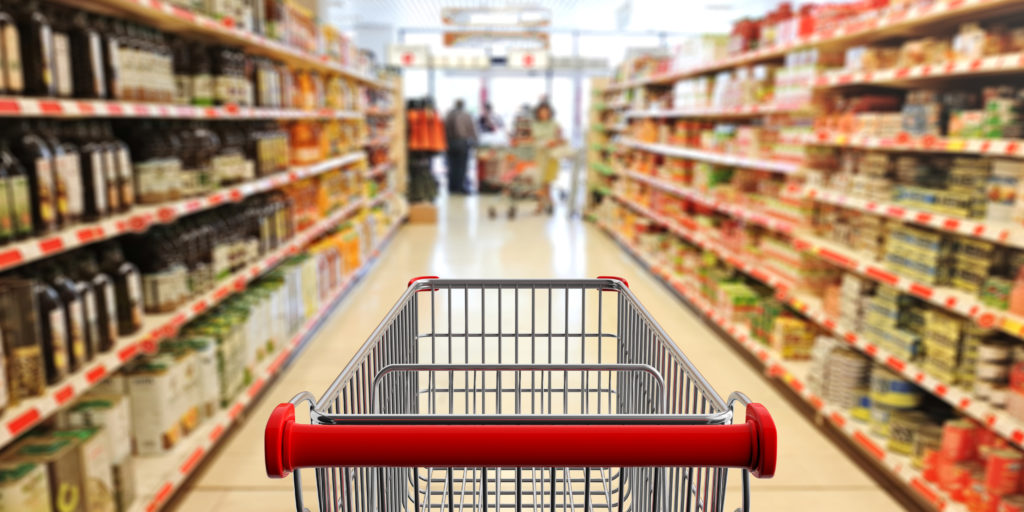As big food brands struggled to meet demand in the earlier days of the COVID-19 pandemic — since many shoppers became less willing to go to brick-and-mortar food retailers — consumers began shifting toward other means of getting food to their tables. Whether it was ordering meal kit boxes, having ready-made meals delivered or trying out niche direct-to-consumer (DTC) brands, smaller food manufacturers gave Big Food a run for its money — and they show no signs of slowing down.
Supply chain constraints combined with a shift in retail channels gave smaller food companies a boost last year. And while many larger brands have adapted to new norms and are regaining some ground, the growth of small players will likely continue into 2021. According to data from IRI, smaller consumer packaged goods (CPG) and private label brands surpassed large food manufacturers in market share for the fifth year in a row in 2020, accounting for about one-third of the growth in the CPG industry.
Since smaller manufacturers — which IRI defined as companies with under $1 billion in annual sales — had already been gaining market share, they seized the opportunity to fill the gaps that large brands couldn’t and attracted new customers. Small, private-label products also became more attractive and available to consumers who were looking to save money or needed an alternative when big brands were out of stock.
Related: Big Food Brands Bypass Retailers in Pandemic
As the pandemic dragged on and lockdowns endured, smaller brands also benefited from consumers looking to change their eating habits, try new recipes and improve their skills in the kitchen. Big food brands took note of changing buying habits, and rather than adapting their robust business models, they are acquiring smaller brands to expand and diversify their portfolios. Nestlé’s acquisitions of meal delivery service Freshly exemplifies this as Nestlé took advantage of the changing food market and shift toward e-commerce.
Since larger manufacturers were not equipped to sell directly to consumers, e-commerce became a larger contributor to the success of smaller food brands. Customers were more willing to buy shelf-stable food and beverages online, IRI’s analysis showed, which gave smaller brands the chance to grow at a much faster rate than large ones in the sector that struggled with production and supply chain blockages.
As restrictions ease and consumer mobility increases, IRI expects that larger food manufacturers will regain market share. Since consumers will be able to eat outside of the home more often, it is quite likely that many could return to their earlier shopping behaviors. But smaller food manufacturers were able to tap into the stay-at-home dynamics of the pandemic at a much faster rate than their larger counterparts, ultimately giving them the advantage in the second and third quarters of 2020.
Even as Big Food makes its comeback, smaller players are likely to continue chipping away at larger brands’ market share. For the $90 billion private-label sector, which gained a significant foothold last year, this could ring particularly true. What ultimately gave smaller food manufacturers the advantage during the pandemic was the ability to adapt to rapidly changing consumer habits and tap into the stay-at-home ecosystem.












Join or login to leave a comment
JOIN LOGIN